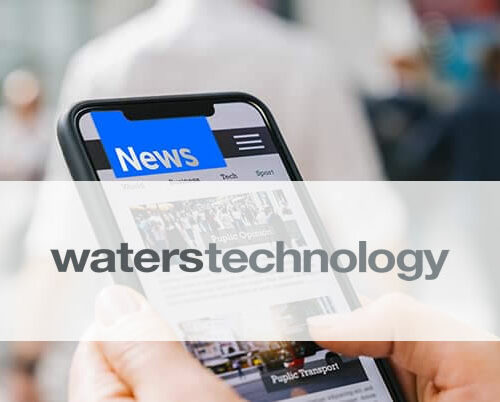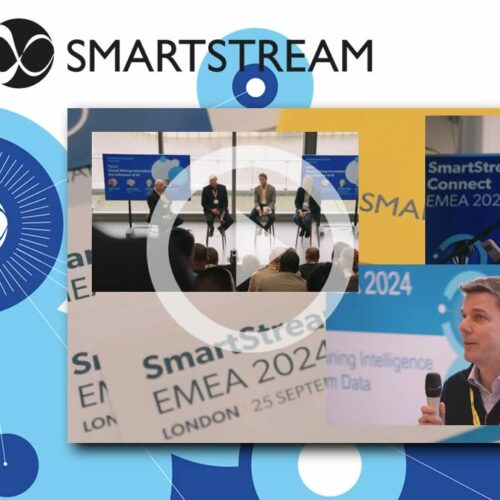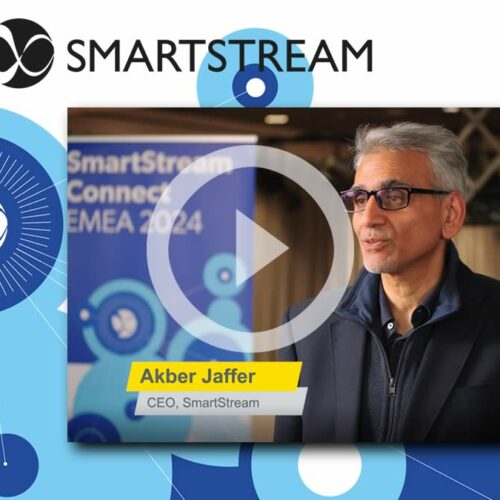Adam Cottingham, Asset Servicing Product Manager, SmartStream
The impact of ISO 20022 on asset servicing is making itself felt as large global custodians adopt the standard, pushing clients to follow suit.
ISO 20022 is an open, global standard for financial information, providing consistent, rich and structured data that can be employed for a wide variety of financial transactions. ISO 20022 does not replace the widely used ISO 15022 standard, however, but will operate alongside it. The co-existence of the two standards also means that financial institutions need technology in place that is flexible enough to allow interoperability between the message types.
Not just another data standard
The roots of ISO 20022 lie in the report, made by the Giovannini Group, published in November 2001, on cross-border clearing and settlement arrangements in the European Union. The report noted numerous barriers to the creation of automation and efficiency in clearing and settlement post-trade processes. To this day, some of these obstacles persist, while the Giovannini Report still forms the basis of much of what ECB and SMPG working practice groups are doing to promote coherence across the financial industry.
ISO 20022 has existed since the early 2000s, but recent events, such as the migration of Swift’s cross-border payments system on to ISO 20022 in March 2023, have led the financial industry to feel its influence with greater intensity. As participants at SmartStream’s recent customer conference noted, while becoming compliant with the March 2023 move was financial institutions’ initial concern, various technical difficulties remain unsolved. Firms have turned temporarily to translation services to meet compliance requirements but are still pondering how best to adapt their core banking systems to the demands of ISO 20022.
In both the securities and payments areas a strong industry drive to accommodate ISO 20022 is now evident. This represents a positive step, the author believes: while ISO 20022 is a data standard, it is far more than just that, offering an important pathway – through standardisation – to greater automation, real-time operations, ease of integration, and a more efficient operating model.
Of course, simply using ISO 20022 does not automatically bring about standardisation. How messages impact the lifecycles to which they are applied also needs to be considered. For example, in asset servicing, the way in which the lifecycle integrates with the front office, how decision-making occurs across time, and the way communication with beneficial owners takes place are all elements that are not prescribed by the standard. To attain standardisation, best practice is also vital, as is good technology – systems should, ideally, be backwardly compatible and interoperable.
ISO 20022 & asset servicing
In asset servicing, ISO 20022 is beginning to make its presence felt. Nevertheless, the use of ISO 20022 messages is still not common practice, and manual processes proliferate.
Regulation is having a hand in driving change, for example, the Shareholder Rights Directive (SRD) II, which was developed to encourage shareholder engagement and transparency, and which stipulated that Swift messages relating shareholder identification and general meeting notifications were to be transmitted in the ISO 20022 standard, rather than ISO 15022.
Further movement is being created as large global custodians move over to ISO 20022. These organisations are currently encouraging their clients to make the switch and, as it will eventually become more expensive to process using ISO 15022, a powerful incentive exists for clients to follow their custodians’ lead.
Achieving interoperability & accommodating ISO 20022 versioning
Achieving the interoperability required to accommodate both ISO 20022 and ISO 15022 can be challenging. The task is made harder as the ISO 20022 rulebook – and this is a major departure from the approach deployed by ISO 15022 – allows the standard to be versioned. Institutions may have to deal with deviations at market, provider or even message level and, in effect, will find themselves having to support multiple different versions of ISO 20022, meaning caution is required.
From a technological perspective, making the switch is more than simply a mapping exercise: the object design in the core application is the point at which interoperability must be achieved. Approaching the matter as a mapping exercise should also be avoided as it potentially leads to a higher cost of ownership. Having said that, not all organisations have their data model object-oriented enough to accommodate ISO 20022 alongside ISO 15022, particularly if theirs is a legacy piece of internal build, and so technology optimisation will be required to accommodate the progress of Euroclear, Clearstream, and DTCC as they move clients to the new standards
Vendor-led adoption: what should firms be looking for?
When firms are looking to invest in vendor technology to support the move to ISO 20022, they should be seeking out systems that provide flexible tooling, as well as partners that can do the “hard yards” for them, providing readiness for institutions to start their testing cycle, so that they are able to be compliant with individual custodians as these make the move to ISO 20022.
When turning to a vendor, financial institutions should be looking for a partner that manages adoption effectively, offers technology that helps reduces TCO and improves ROI through rapid implementation of the dataset – which is where an “out of the box” system can be useful. A specialist vendor can also assist an institution to understand the nuances of ISO 20022 and its links to regulatory initiatives such as SRD II. In addition, it can advise a financial institution on how to achieve STP when accommodating ISO 20022, as well as provide advice on how best to maintain interoperability.
In conclusion, attaining interoperability is the key to navigating the coming shift to ISO 20022. SmartStream’s own asset servicing technology has been designed with this in mind. It handles multiple standards including ISO 20022, ISO 15022 and proprietary standards, as well as messages such as SWIFT MT 564 or MT 568 notifications. It also has the flexibility to support multiple versions of ISO 20022. In addition, as a data automation and intelligence provider, with a strong focus on innovation, SmartStream has developed its asset servicing technology to facilitate the rapid delivery of the company’s latest AI-based modules.






